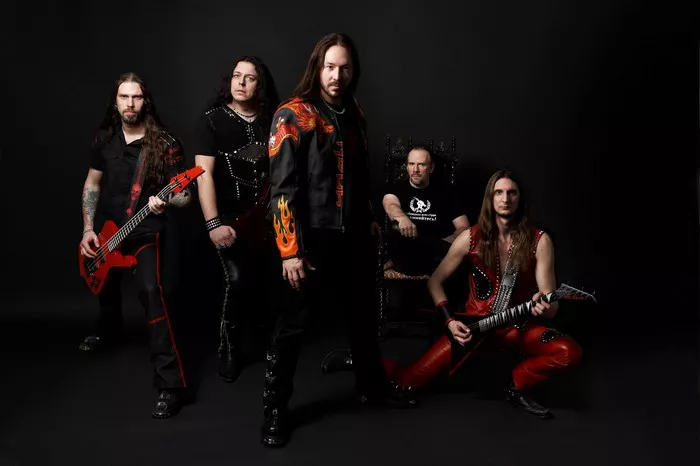Death metal music is a genre that has captivated audiences around the world with its extreme sound, aggressive lyrics, and intense performances. Emerging in the late 1980s, death metal quickly gained a dedicated following and has since become a significant part of the metal music scene. In this article, we will explore the origins of death metal, its defining characteristics, the lyrical themes commonly found in the genre, and its influence on the broader music landscape.
Origins and Evolution
The origins of death metal can be traced back to the early 1980s when a wave of extreme metal bands, influenced by thrash metal and hardcore punk, began to experiment with darker and more aggressive sounds. Bands such as Possessed, Death, and Morbid Angel played a crucial role in shaping the genre’s early sound and establishing its core elements.
Death metal’s distinct characteristics include heavily distorted guitars, complex and fast-paced drumming, deep guttural vocals, and often intricate song structures. The genre took the aggression of thrash metal and pushed it to new limits, incorporating elements of speed, technicality, and brutality.
As the 1990s unfolded, death metal continued to evolve, branching out into different subgenres such as melodic death metal, progressive death metal, and technical death metal. These subgenres introduced new elements to the genre, adding melody, progressive song structures, and complex instrumental performances. Bands like At the Gates, Opeth, and Necrophagist pushed the boundaries of death metal and expanded its sonic landscape.
Characteristics of Death Metal
1.Guitar Work: Death metal is characterized by its heavy and distorted guitar sound. The guitars often employ palm-muted chugging, tremolo picking, and blistering solos. The riffs are intricate, frequently utilizing dissonance and chromatic scales, creating an atmosphere of darkness and aggression.
2.Drumming: The drumming in death metal is fast, technical, and relentless. Double bass drumming and blast beats are common, providing a relentless and intense rhythm section. Drummers often showcase their skills through intricate fills, polyrhythms, and unconventional time signatures.
3.Vocals: Death metal is known for its deep guttural vocals, often referred to as “growls” or “death grunts.” These vocals are low-pitched and aggressive, contributing to the genre’s overall intensity. The lyrics are typically indecipherable without reading the accompanying text due to the extreme vocal style.
4.Lyrics and Themes: Death metal lyrics frequently explore dark and macabre themes such as death, violence, gore, horror, and existentialism. While some critics argue that the lyrical content can be excessively graphic, proponents of the genre often view it as a form of artistic expression and a reflection of society’s darker aspects.
Influence and Legacy
Death metal’s influence extends far beyond its dedicated fan base. The genre has made a lasting impact on the broader music landscape, shaping subsequent generations of metal musicians and inspiring the development of new genres. Its emphasis on technicality and musical complexity has influenced progressive and technical metal subgenres, while its dark and aggressive nature has left its mark on black metal and other extreme genres.
Additionally, death metal has had a significant impact on the underground music scene. The DIY ethos prevalent within the genre has inspired countless bands to form, record, and distribute their music independently, bypassing traditional record labels. This approach has allowed death metal to maintain its authenticity and connect directly with its fan base.
Conclusion
Death metal music, with its extreme sound, aggressive lyrics, and intense performances, has carved out a unique and influential space within the broader metal genre. From its origins in the late 1980s to its evolution into various subgenres, death metal has pushed the boundaries of musical aggression, technicality, and artistic expression. While the genre’s intense style and graphic lyrical themes may not be for everyone, its dedicated fan base and lasting impact on the music landscape are a testament to its enduring appeal. Whether you are a die-hard fan or an intrigued newcomer, exploring the world of death metal is a journey into the depths of extreme musical expression.

